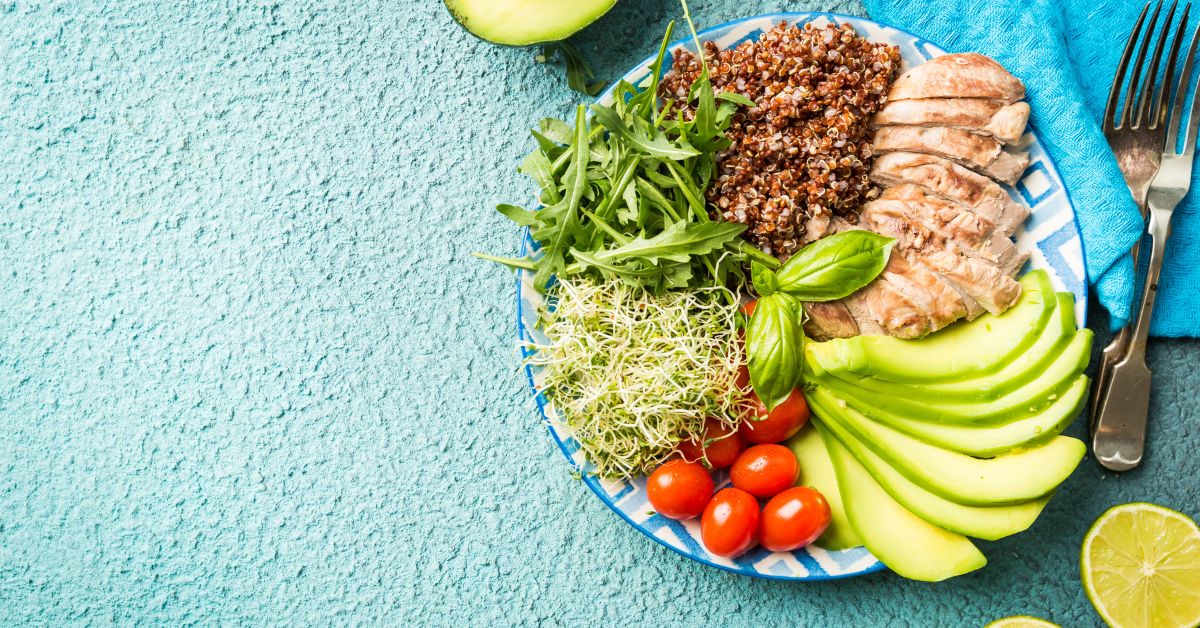Case Journeys
Exploring intriguing stories and insights from around the world.
Eat This, Not That: The Sneaky Secrets of a Balanced Diet
Discover sneaky secrets to a balanced diet! Learn what to eat for maximum health and taste with our ultimate guide to better choices.
5 Common Diet Myths Debunked: What You Really Need to Know
When it comes to nutrition, there are numerous diet myths that circulate widely, often leading people to adopt questionable eating habits. One of the most prevalent myths is that carbs are the enemy. However, carbohydrates are a necessary part of a balanced diet, providing the energy needed for daily activities. According to a study by the National Institutes of Health, whole grains and fruits should be emphasized, rather than completely eliminated from your diet. Remember, it’s about the quality of the carbohydrates, not the quantity.
Another common misconception is that eating fat makes you fat. In reality, healthy fats, such as those found in avocados and nuts, can aid in weight management by promoting satiety and reducing overall calorie intake. As reported by the Healthline, incorporating healthy fats into your diet is beneficial for your heart and overall health. Instead of shunning fats, focus on integrating wholesome options that contribute to a nutritious diet.

The Ultimate Guide to Healthy Swaps: Eat This, Not That
Making healthier food choices doesn't have to be complicated. In fact, healthy swaps can significantly improve your diet without sacrificing flavor. Instead of reaching for that sugary soda, consider switching to sparkling water infused with fresh citrus. This simple change can reduce your sugar intake while keeping you hydrated. Similarly, when you're in the mood for pasta, opt for zucchini noodles or whole grain variations, which can offer more fiber and nutrients than traditional white pasta. For more ideas on food swapping, check out this detailed guide from Healthline.
It's important to remember that small changes can have a big impact. For instance, replace butter with avocado in your baking recipes to incorporate healthy fats, or substitute Greek yogurt for sour cream to boost protein content in your favorite dishes. Not only do these swaps enhance the nutritional profile of your meals, but they also add unique flavors that can revolutionize your cooking. To see a comprehensive list of healthy swaps, visit EatingWell for more inspiration.
How to Read Food Labels Like a Pro: Making Informed Choices
Understanding how to read food labels is crucial for making informed choices about your diet. When you grab a product off the shelf, the nutrition facts panel should be your first stop. Start by checking the serving size; it sets the standard for the entire label. Pay close attention to the calories per serving, especially if you are managing your weight. Next, look at the macronutrients listed, including carbohydrates, fats, and proteins. Make sure to acknowledge the percent daily value (%DV), which helps you understand how a particular nutrient fits into your daily diet.
Equally important is checking the ingredient list, which is often overlooked. Ingredients are listed in descending order by weight, so if sugar is among the first few ingredients, it’s a sign to be cautious. Look for whole food ingredients and avoid products with long lists of chemical additives and preservatives. For those with dietary restrictions, reading labels can help you steer clear of allergens. The FDA provides resources to help you understand how to read food labels effectively, empowering you to make healthier, more informed choices in your diet.